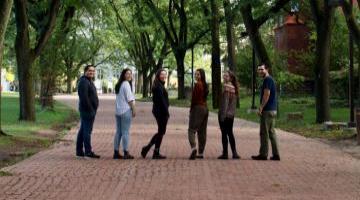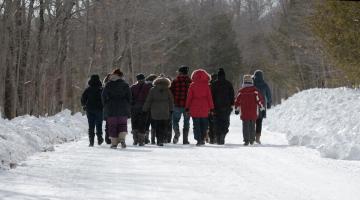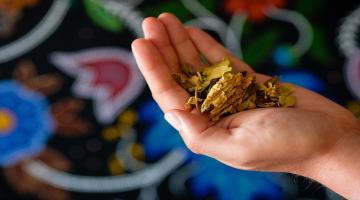Aanii. Shé:kon. Tansi. Tunngasugitsi. Binvinu.
The University of Guelph is committed to working towards decolonization and reconciliation with First Nations, Inuit and Métis peoples, communities and lands.
Help shape the University of Guelph's Indigenous Initiatives
We welcome feedback from students, staff, faculty and members of the community.
Email your perspectives and feedback to indigenous@uoguelph.ca.
Bi-Naagwad: It Comes Into View
Seeking and Meaning Making
With Respect
We offer our gratitude to the lands on which the University of Guelph campuses (Guelph, Ridgetown and Guelph-Humber) are situated and the Indigenous ancestors who have inhabited these lands for centuries. We recognize that our campuses are located on the lands of the Dish with One Spoon Wampum and the traditional lands of the Hodinöhsö:ni', Anishinaabeg and Huron Wendat. We offer our respect to the Mississaugas of the Credit, Six Nations of the Grand River, the Delaware Nation at Moraviantown and the diverse communities of First Nations, Inuit and Métis peoples who reside on these lands. We also recognize that our educational and research enterprises occur on Indigenous lands across Turtle Island and Mother Earth and we endeavour to ensure that our activities honour and respect Indigenous peoples and their lands.





